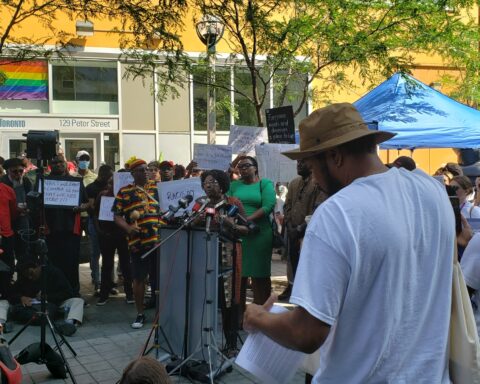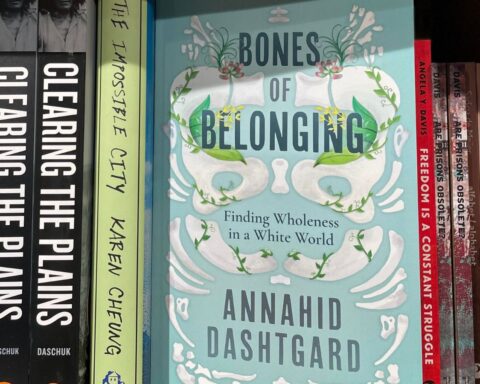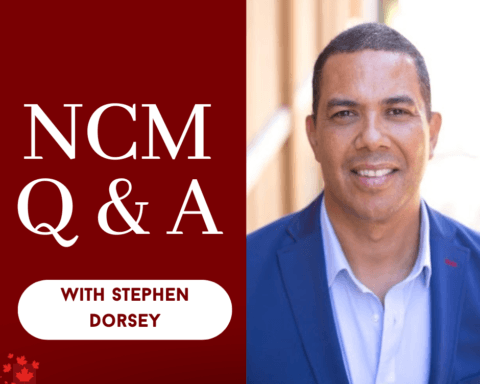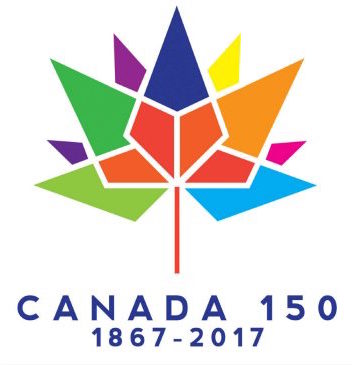
I must confess that I came to Brown: What Being Brown in the World Today Means (To Everyone) and Kamal Al-Solaylee’s thesis as a skeptic. Growing up in India, everybody around me was brown – some lighter-skinned than others – but brown-ness has been a lifelong given.
Moving to Canada, I developed an appreciation for the tension between “white” and “black,” and then a little later, consciousness about indigenous people. Recently, #Blacklivesmatter and #Nativelivesmatter became popular Twitter hashtags, emblematic of a struggle for equality and justice.
The author of this book adds another group to the list of the aggrieved, perhaps calling for a #Brownlivesmatter movement.
Picking up Brown I asked myself, why does Al-Solaylee have to harp on yet another colour distinction?
He seemed to be calling for a new consciousness, “a challenge to white and black hegemony.” What baloney, I told myself. I sensed yet another author adept at milking victimhood for all it’s worth.
I sensed yet another author adept at milking victimhood for all it’s worth.
That would have been the essence of my take but for happenstance.
I read the main sections of Brown during a visit to India, which at the time was roiled by a rather bizarre series of attacks on African nationals staying there for university studies or business. While the political class appeared to be in denial, the national media were unsparing, labelling the attacks “pigment-based discrimination” and brazen racism.
I was shocked to read an African diplomat in New Delhi quoted as saying, “I realized after a while that the taunts of ‘monkey, monkey’ were aimed at me . . .” He was recounting how a group of youth would make primate-like sounds while he was jogging at a public park.
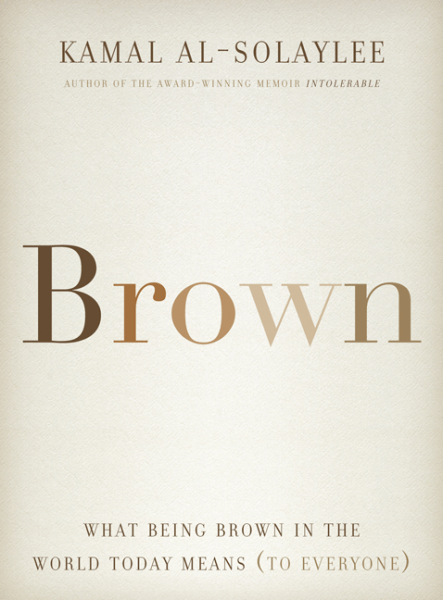 Not just black and white
Not just black and white
The exhaustive reporting and commentary in India around these widespread attacks told me that we “brownies” were also capable of racism.
Secondly, it opened my eyes to the possibility suggested by Al-Solaylee: “[W]e are not as privileged as whites but not as criminalized as blacks.” There might be an in-between.
There is no denying that if whites form the top-tier of the world economy, browns and blacks occupy the bottom rungs. However, there is not enough in this book by the widely-published Ryerson University journalism professor to clearly distinguish between the fates of those born brown or black, although he goes to extraordinary lengths to support his basic point that skin colour is destiny.
“[W]e are not as privileged as whites but not as criminalized as blacks.”
Brown, he says, serves as a metaphor for a distinct political experience that might include the following: a hyphenated immigrant identity (unlike the Irish and Italian, for example); suspicion at border crossings (perceived as “shifty”); a feeling of disenfranchisement and belonging to a new “global servant” class.
As an immigrant himself, Al-Solaylee pays particular attention to the internationally mobile brown folks who wish to leave the developing world, thereby “browning” the population of countries such as the U.S. and Canada.
Shades matter
The Yemen-born author is at his best when he hews close to the journalism for which he is most known. He cites data to show income disparities based on skin colour in societies such as Brazil (where browns or blacks earn 42.2 per cent less than whites), Sri Lanka and Trinidad.
This book also took him to the Philippines, Hong Kong, Qatar, the U.K. and the U.S. – all in an effort to demonstrate how being born brown inevitably means a life of modern slavery, dim economic prospects, and an endless effort to appear fairer through whitening creams and lotions.
There is, though, no effort to explain brown-on-brown discrimination in countries such as Qatar, where the Asian labour class and local Qataris share a common skin tone. Similarly, the notes from Britain most certainly discount the possibility of a Muslim brownie of Pakistani heritage being elected mayor of London.
Al-Solaylee’s observations and conclusions throughout his travels can be rather facile and foregone, and lack the rigour one expects from a stellar journalist.
The author applies the same woe-is-me-because-I’m-brown outlook to Canada. Jumping off some of the overheated rhetoric from the Conservative campaign during the October 2015 federal election, the author infers that “an anti-brown feeling has been gaining momentum, even in liberal Canada.” This, when he himself concedes that immigration to both Canada and the U.S. is predominantly brown.
Al-Solaylee’s observations and conclusions throughout his travels can be rather facile and foregone, and lack the rigour one expects from a stellar journalist. This one stuck out in particular: “Two black friends have suggested to me that the relatively light skin tones of Syrian refugees explain why Canadians have opened their wallets and homes so generously.”
I’m not sure if the author proves what he set out to demonstrate – that being brown predicts your life trajectory more than any other circumstance.
My own career has taken me to some of the very same countries that Al-Solaylee visited. I know first-hand that skin colour can be defining and shorthand for a “pigmentocracy,” in which white and fair is viewed as competent, while everybody else falls short.
I’d say Brown is a good read for those who are convinced they will never catch a break because the deck is forever stacked against them.
For everybody else, it is yet another thesis in search of a convincing argument.
George Abraham is the founder and publisher of New Canadian Media.
George brings 30 years of writing and newsroom management experience to New Canadian Media. He began his journalism career with The Times of India in Mumbai (formerly Bombay), followed by stints at the Khaleej Times in Dubai and as managing editor of The Peninsula in Qatar. A journalist with high ethical standards, George won the prestigious Nieman scholarship at Harvard University (1994-95), and more recently, pursued a Master’s in Journalism at Carleton University (2004).



